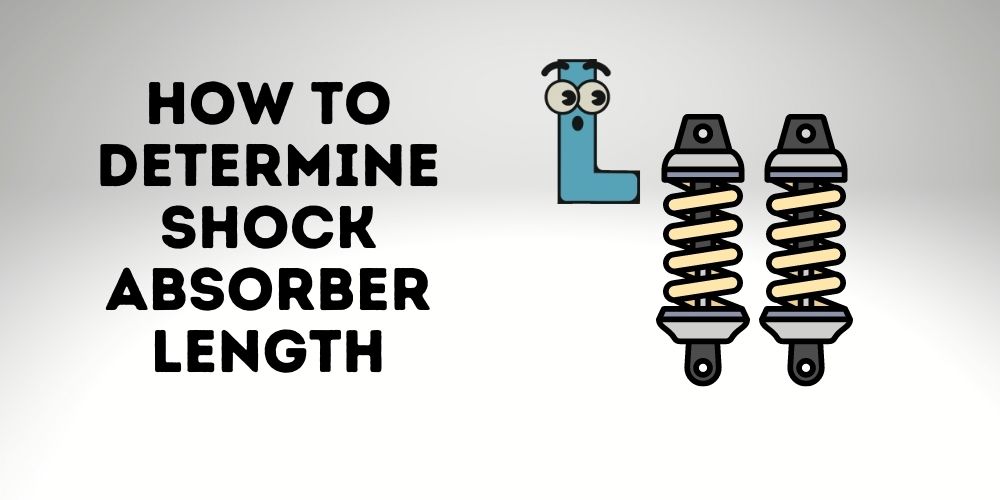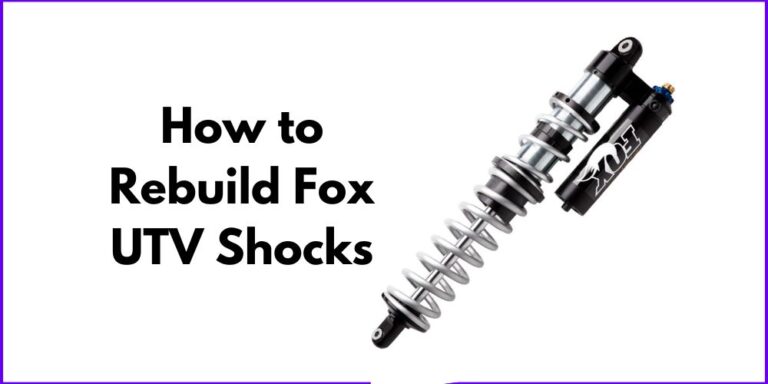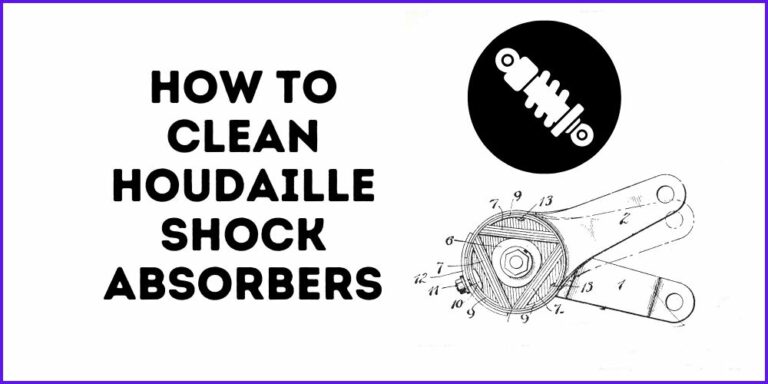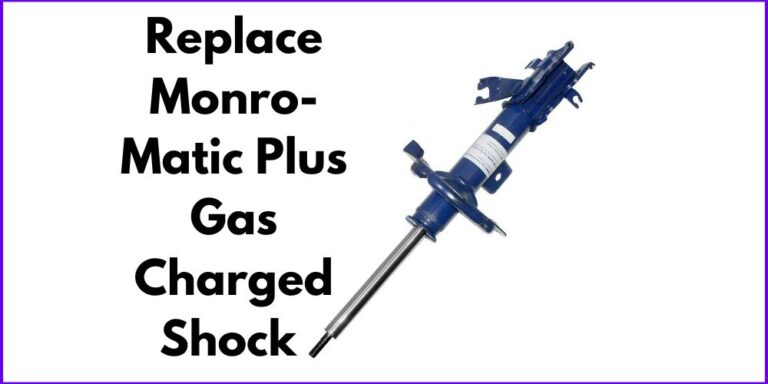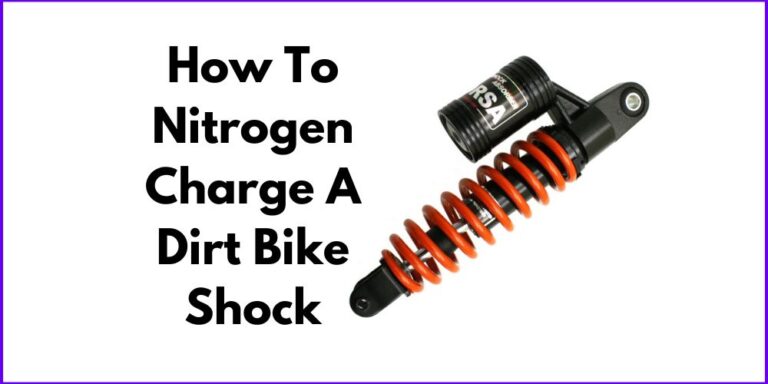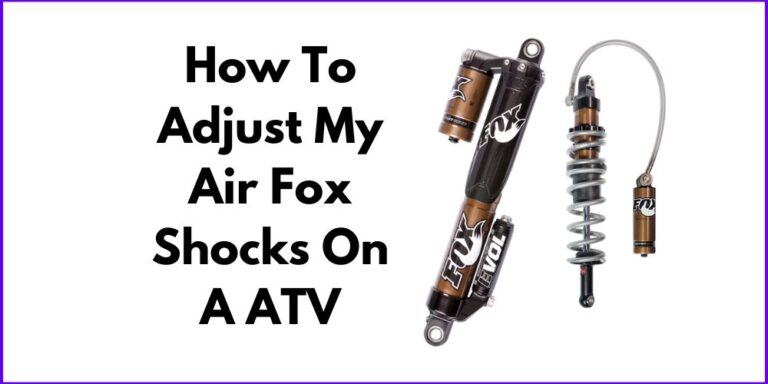Shock absorbers, also known as dampers, are mechanical devices that are used to control the movement of a vehicle’s suspension system. They are designed to dampen or absorb, the kinetic energy that is generated when a vehicle’s wheels encounter bumps or other imperfections in the road surface.
The primary function of shock absorbers is to improve ride comfort and stability by reducing the amount of body roll, pitch, and bounce that a vehicle experiences as it moves over rough terrain. They also help to maintain tire contact with the road, which is essential for traction and handling.
Proper shock absorber length is crucial for a smooth and safe ride because it affects the suspension geometry and the way that the vehicle handles. If the shock absorbers are too long or too short, it can lead to poor handling, uneven tire wear, and other problems. Therefore, it is important to choose shock absorbers that are the right length for the specific make and model of the vehicle.
How To Determine Shock Absorber Length?
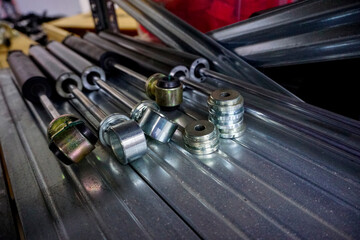
Step 1: Remove the shock absorbers from the vehicle.
Step 2: Flex the vehicle to achieve maximum articulation. This means one side of the vehicle should be fully compressed, while the opposite side should be fully extended. To do this, you can use a ramp or any other incline that allows you to reach maximum articulation. If you have access to a forklift, that would work even better. Make sure the vehicle is stable and it is safe to reach under it before proceeding to the next step.
Step 3: Measure the compressed side of the vehicle from the top shock mount on the chassis to the lower shock mount on the differential (diff) to get the full compressed, closed length of the shock absorber. Make sure the bump stop is touching. Write down this measurement.
Step 4: Measure the extended side of the vehicle from the top shock mount on the body chassis to the lower shock mount on the diff to get the fully extended, open length of the shock absorber. Write down this measurement. Note: On coil spring vehicles, the lower mount usually sits on the diff. On leaf spring vehicles, the lower mount may sit on the diff or the u-bolt plate. On independent front suspension (IFS) vehicles, the lower mount usually sits on the lower control arm.
Step 5: Determine the type of shock absorber you have: eye mount or pin mount.
- For eye mount shocks, measure from the center of the eye where the bolt would normally go.
- For pin mount shocks, measure from the base of the pin where it is fixed to the shock body.
Step 6: Measure the extended length of the shock. Allow the shock to expand on its own or pull it out to the full extended length. Write down this measurement. Ideally, the full open length should be the same or nearest to the measurement taken from the vehicle in Phase One.
Step 7: Measure the compressed length of the shock. Compress the shock by hand or with a strap until it seats to get the full closed length. Write down this measurement. Ideally, the full closed length should be the same or shorter than the measurement taken from the vehicle in Phase One.
Choosing the Right Shock Absorber Length
There are several factors that influence the proper shock absorber length for a given vehicle. Some of these factors include:
- Suspension type: Different types of suspension systems have different requirements for shock absorber length. For example, a leaf spring suspension may require a longer shock absorber than a coil spring suspension, due to the different geometry of the two types of systems.
- Ride height: The ride height of a vehicle refers to the distance between the ground and the vehicle’s body or chassis. The proper shock absorber length may vary depending on the desired ride height. For example, a vehicle with a lifted suspension may require longer shock absorbers than a vehicle with a stock ride height.
- Load capacity: The load capacity of a shock absorber refers to the amount of weight that it can support. The proper shock absorber length may depend on the weight of the vehicle and any additional loads that it will be carrying.
- Driving conditions: The type of terrain and the type of driving that a vehicle will be exposed to may influence the proper shock absorber length. For example, a vehicle that will be driven on rough off-road trails may require longer shock absorbers than a vehicle that will be driven primarily on paved roads.
To choose the right replacement shock absorbers for a given vehicle, you can use the measured shock absorber length as a starting point. There are several ways to do this:
- Compare the measured length to the manufacturer’s specifications for the vehicle: Many vehicle manufacturers provide recommendations for shock absorber length in their service manuals or online resources. You can use these recommendations as a guide for selecting replacement shock absorbers.
- Use an online shock absorber calculator or lookup tool: There are many online resources that allow you to enter the measured shock absorber length and other relevant information (such as the make and model of the vehicle) and get recommendations for suitable replacement shock absorbers.
- Consult with a mechanic or suspension specialist: If you are unsure of the proper shock absorber length for your vehicle, you can consult with a mechanic or suspension specialist who can help you choose the right shock absorbers based on your specific needs and requirements.
FAQs
How long should shock absorbers be?
The proper shock absorber length will depend on the specific make and model of the vehicle and the desired ride height and load capacity. It is important to choose shock absorbers that are the right length to ensure optimal performance and safety.
How do you calculate shock absorbers?
To calculate the proper shock absorber length for a given vehicle, you can use the manufacturer’s specifications, an online calculator or lookup tool, or consult with a mechanic or suspension specialist.
How do you determine Coilover shock length?
To determine the proper length of a coil-over shock, you can measure the shock absorber length of the vehicle (using the static or dynamic measurement methods described above) and use that measurement as a guide for choosing a suitable Coilover shock. You can also refer to the manufacturer’s specifications or consult with a mechanic or suspension specialist.
How do you adjust shock length?
To adjust the length of a shock absorber, you may need to modify or replace components such as the mounting hardware or the spring seat. This can typically be done using tools such as wrenches, sockets, and spring compressors. It is important to follow the manufacturer’s instructions and use caution when adjusting shock length.
Are springs better in tension or compression?
Springs are designed to store mechanical energy when they are subjected to a load or force. In general, springs are better in compression when they are being compressed (pushed together) and in tension when they are being stretched apart.
What happens if a shock is too long?
If a shock absorber is too long, it may cause the suspension to bottom out or over-extend, which can lead to poor handling, uneven tire wear, and other problems. A shock that is too long may also interfere with other components of the suspension system or the vehicle’s body.
What happens if shocks are too stiff?
If shock absorbers are too stiff, they may not provide sufficient damping to absorb the kinetic energy generated by bumps and other imperfections in the road surface. This can lead to a harsh and uncomfortable ride, as well as reduced stability and handling. Additionally, too stiff shocks may cause excessive tire wear or damage to other suspension components.

